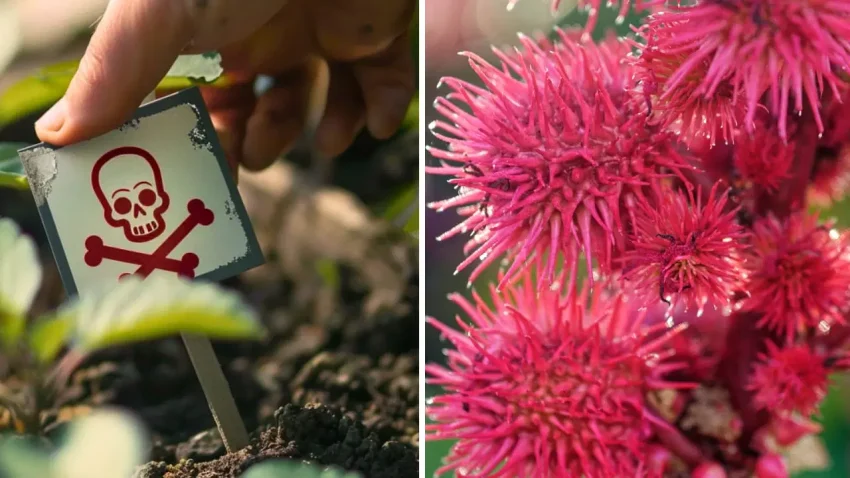metlifedentalnow.net – In the verdant tapestry of the natural world, plants are often seen as the silent, sustaining force that provides oxygen, food, and shelter. However, beneath this nurturing exterior lies a hidden world of danger, where some plants harbor deadly secrets. These botanical assassins have evolved a variety of mechanisms to deter predators, and in some cases, these defenses can be lethal to humans. This article delves into the deadly dilemmas posed by plants, exploring their toxic properties, the mechanisms behind their poisonous nature, and the precautions one should take to avoid falling victim to their silent threats.
The Toxic Arsenal of Plants
Plants have developed an array of chemical compounds to protect themselves from herbivores and pathogens. These toxins can be alkaloids, glycosides, lectins, or other bioactive substances. Some of the most notorious toxic plants include the deadly nightshade (Atropa belladonna), oleander (Nerium oleander), and the castor bean plant (Ricinus communis), which produces ricin, one of the most potent toxins known.
Mechanisms of Toxicity
The toxicity of plants can manifest in various ways. Some, like the foxglove (Digitalis purpurea), contain cardiac glycosides that can disrupt heart function. Others, such as the water hemlock (Cicuta douglasii), have neurotoxic properties that can lead to paralysis and death. The mode of toxicity can be through ingestion, inhalation, or even skin contact, making some plants particularly dangerous to handle.
The Role of Education and Awareness
Given the potential dangers, it is crucial for individuals to be educated about the toxic plants in their environment. Identification skills are paramount, as is understanding the symptoms of poisoning and the appropriate first aid measures. For those who work with plants or spend significant time in natural settings, such as gardeners, hikers, and foragers, knowledge of local toxic flora is essential.
Preventative Measures
To avoid the deadly dilemmas posed by toxic plants, several preventative measures can be taken:
- Identification: Learn to identify toxic plants in your area. Many resources, including field guides and online databases, can help.
- Handling: Wear protective clothing and gloves when handling potentially toxic plants.
- Consumption: Never consume wild plants unless you are absolutely certain of their identity and edibility.
- Pets and Children: Keep toxic plants out of reach of pets and children, who may not recognize the dangers.
Conclusion
While the vast majority of plants are benign or even beneficial to humans, the existence of deadly plants serves as a reminder of the complex and often unforgiving nature of the natural world. By understanding the risks and taking appropriate precautions, we can coexist with these silent threats, appreciating the beauty of plants while respecting their potential dangers.

